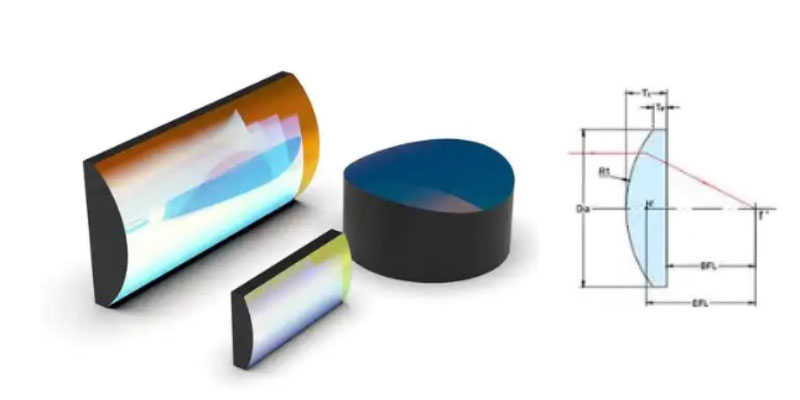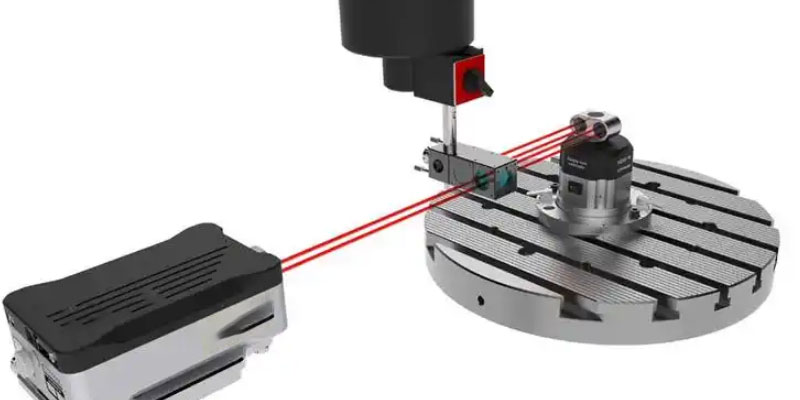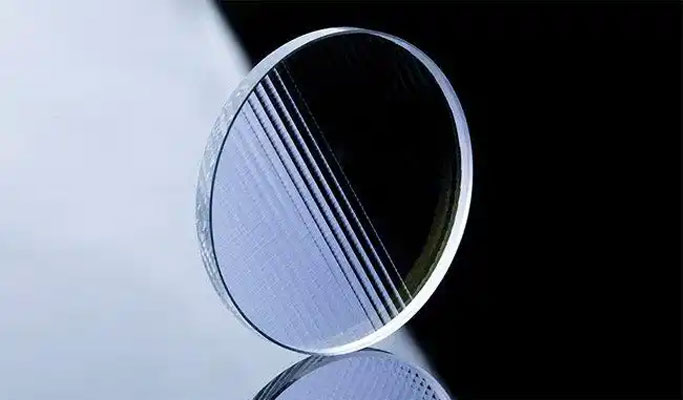
1.The definition of and the application for Optical Metalens
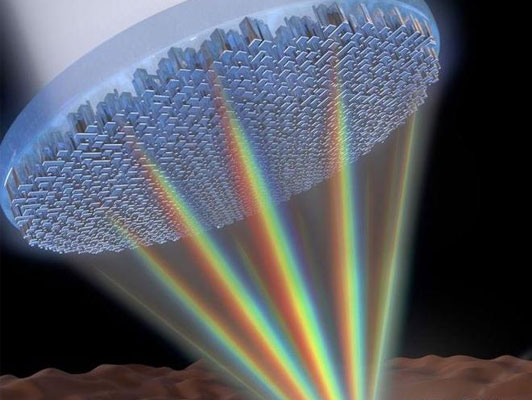
Superlens (Metalens) refers to the capability to focus above the diffraction limits and the capability to record the optical signals of the lens. It is the use of a man-made sub-wavelength unit structures in the conventional medium used for wavefront modulation in optical devices. This is a two-dimensional lens structure that is created through the use of an ultra-surface (by the multi-layer metal mask with a sub-wavelength thickness in 2D metamaterials) in order (2D) metamaterials) to concentrate the light of optical elements. With the benefits of smaller dimensions, less weight, less cost, improved imaging and a simpler integration, superlenses provide the possibility of a compact solution combined optical system. It can be accomplished by altering the shape, the direction of rotation, the height, as well as other aspects of the structure to control the properties of light, such as intensity, phase and polarization. It is distinguished by its capacity to counteract the limitations of conventional lenses through the diffraction limit and concentrate light into fine point. Superlens is able to handle a variety of uses and is utilized in nano-optics as well as optics for data storage and image processing optical terahertz and other fields. It is a hotspot in the upcoming research field that is a part of the optical field.
2.the definition and application of microlenses
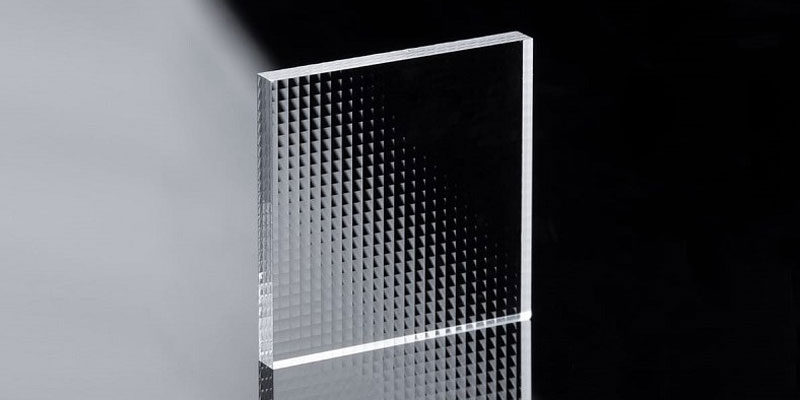
Microlenses (Microlenses) are lenses of a small size that have diameters ranging from tens of millimeters to micrometers and their fundamental principle is to alter its curvature in order to enable the focusing or dispersion of light. When light is reflected through a microlens, based on the form of the lens the direction of light transmission is able to be altered. Microlenses are classified in two kinds of lenses: convex lenses as well as concave lens. Convex lenses permit parallel light rays to be aimed at a focal location within the lenses. If light travels through a convex lens the lens’ thickness is greater in the middle and less around the edges, which causes the light to reflect when it enters the lens, causing the light to focus only on one spot. Concave lenses do the reverse and causes parallel rays light to diverge in front of the lens. Concave lenses are narrower in the middle and more dense at the edges, and refract the light that passes through the lens, spreading it out. Due to their tiny dimensions and distinctive physical properties, lenses are able to be used in a wide range of ways. It is available in various dimensions and shapes, including cylindrical, spherical, conical and more. By combining multiple microlenses complex optical systems, such as telescopes, microscopes, lasers and more. are possible to create. The uses of microlenses are optical communication and display technology, medical imaging as well as bioengineering, optical detection and more. It is among the most vital techniques used in optics today and, as we continue to see the advancement and improvement of technology the uses of microlens technology will become increasing in scope.
3.the role and difference between superlens and microlens in optical field reconstruction
In the optics field light field reconstruction is a term used to the process of copying or changing the known light field to the desired light field. Microlenses and superlenses are essential to optical field reconstruction. However, they differ in their functions and capabilities. The primary purpose of a superlens is bring light from an object into one point, thus making it possible to take high-resolution images. Microlenses on the contrary, reduce a complicated optical system into smaller pieces that can be controlled and controlled to alter and alter the shape and the distribution of the light field. This means that there is a distinct difference between the applications and the functions of superlenses as well as microlenses. Superlenses are mostly used to create high-resolution images while microlenses are mostly used to control and adjust light fields, and offer an array of applications that cover a greater variety of scenarios. In summary, superlens and microlens both are important techniques used in optics. Some of their functions share a crossovers, but there’s still a clear distinction in their areas of use and the roles they play.
optlenses
Related posts
What is the group velocity dispersion?
Cylinder Lens:The Function and Application Areas
What is The Interferometers?
Dichroic Mirror: A Reliable Assistant in Gemstone Identification

